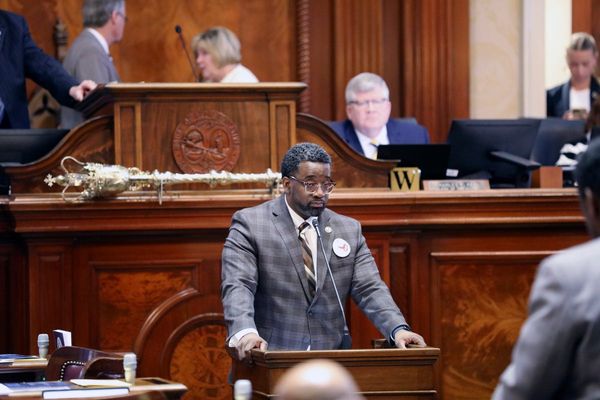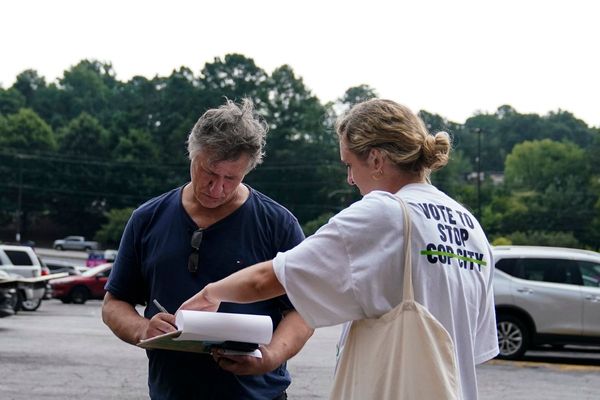Rising energy costs risk pushing families over the brink amid the cost of living crisis.
Merseyside and North Wales have some of the most expensive electricity bills in the country, costing nearly £50 more than the average bill in the UK, and £100 more than in Northern Ireland, according to recent data.
Costs in the region rose by 7.5% last year alone, and average energy bills in the UK are set to rise by a further £693 a year when the new price cap comes into force on April 1.
READ MORE: Warning issued to millions of people who take paracetamol regularly
Gerard Woodhouse, chief executive of the L6 Community Centre, warned that the energy cap rise of 54%, following a rise of 12% in October, will "be the cause of people's deaths".
While the average bill for a direct debit customer will have risen £833 between April 2021 and April this year, a pre-payment customer faces an increase of £861 in the same timeframe.
You'll face a higher price if you pay by prepayment meter, cash, cheque, or quarterly direct debit, rather than monthly direct debits, due to the costs of those payment types to the energy companies.
Roughly 95% of the people the L6 Centre supports in some of the poorest parts of Liverpool are on payment meters, meaning they have to pay before they get fuel, according to Gerard.
He said: "They aren't going to manage.
"They are cold and we run a youth club here three nights a week; I know there are families who have to send their children to bed at 6pm to save on heating.
"That's just not right in this world."

The energy cap will rise by 54% on April 1, following a 12% rise back in October.
That means the average bill for a customer paying by direct debit has risen from £1,138 a year in April 2021, to £1,277 a year in October last year, and will go up to £1,971 a year from this April.
Prepayment customers have seen an increase from £1,156 to £1,309 and then again to £2,017.
However, energy use varies across the country, meaning if your consumption is similar to the local average you could be facing bigger bills than those in other parts of the country and even vary within regions.
Data based on local average domestic usage according to Department for Business, Energy & Industrial Strategy, and Ofgem’s price cap figures for customers paying by direct debit shows people in Sefton could be paying more for their energy followed by Wirral and St Helens.
Local Authority // Median gas consumption – 2020 (kWh) // Median electricity consumption – 2020 (kWh) // Gas and Electric bill – Summer 21 // Gas and Electric bill – Winter 21 // Gas and Electric bill – Summer 22 // change from Summer 21 to Summer 22
Knowsley // 10,928 // 2,751 // £1,101 // £1,230 // £1,892 // £791
Liverpool // 11,082 // 2,563 // £1,068 // £1,195 // £1,847 // £779
St. Helens // 11,514 // 2,724 // £1,115 // £1,248 // £1,927 // £812
Sefton // 12,446 // 2,801 // £1,161 // £1,303 // £2,018 // £857
Wirral // 12,142 // 2,813 // £1,154 // £1,293 // £1,999 // £846
Energy regulator Ofgem sets the price cap twice a year for summer (between April and September) and winter (between October and March).
The cap, based on the costs energy suppliers face, varies between areas.
Some areas face a higher cap based on the cost of transporting energy to them.
People in the South West, South Wales, and North Wales and Merseyside pay more than the British average, while the price is lower for those in the East Midlands, North West, and North East and Yorkshire and the Humber.
Driving the big increase coming in April is the more than 50% rise in energy costs over the last six months, with gas prices hitting a record high as the world emerges from lockdown.
While the supplier costs considered are mostly the wholesale cost of gas and electricity, the cap also includes the cost of building and maintaining pipes and wires, the administration costs for billing, the cost of supporting government schemes, such as reducing emissions, VAT, and some profit, as well as some headroom for unexpected costs.
Receive newsletters with the latest news, sport and what's on updates from the Liverpool ECHO by signing up here







